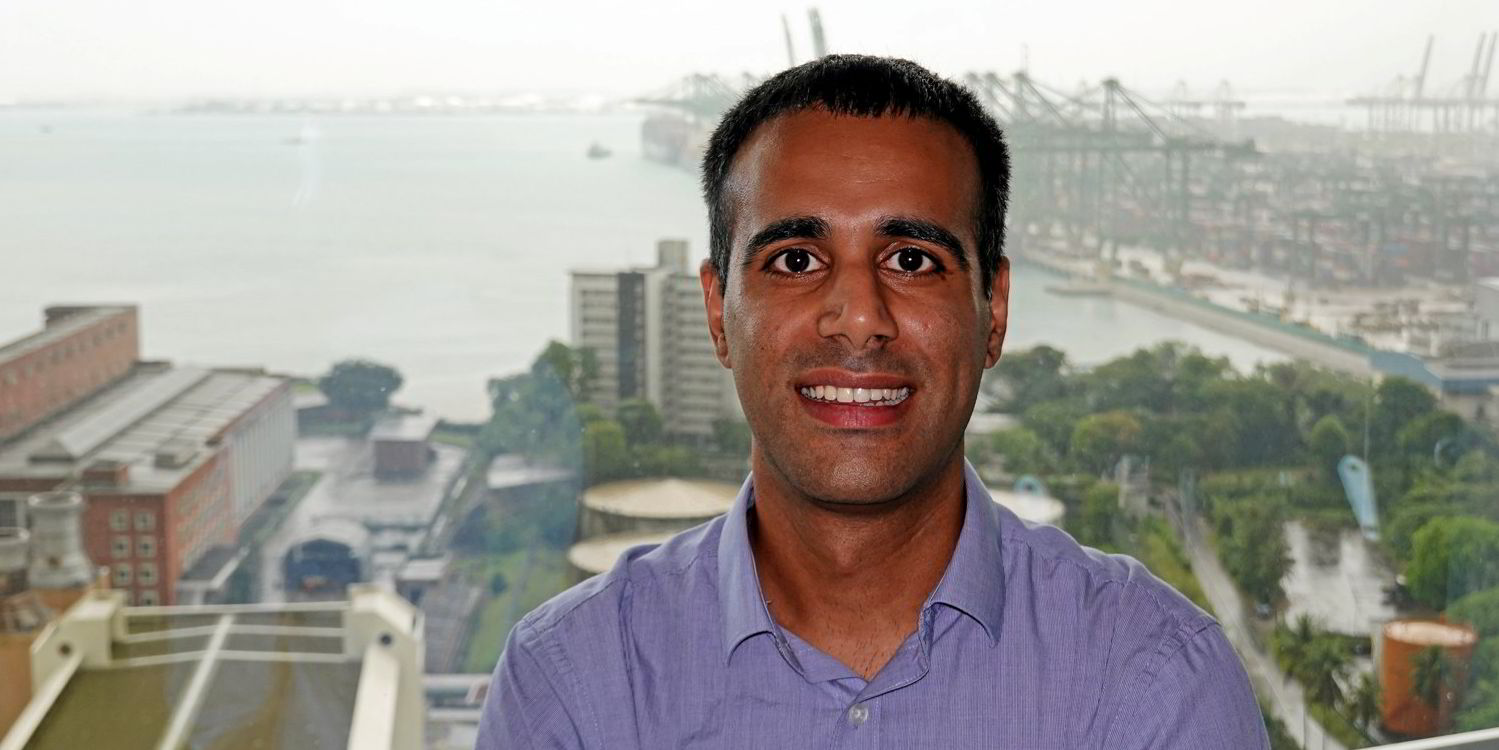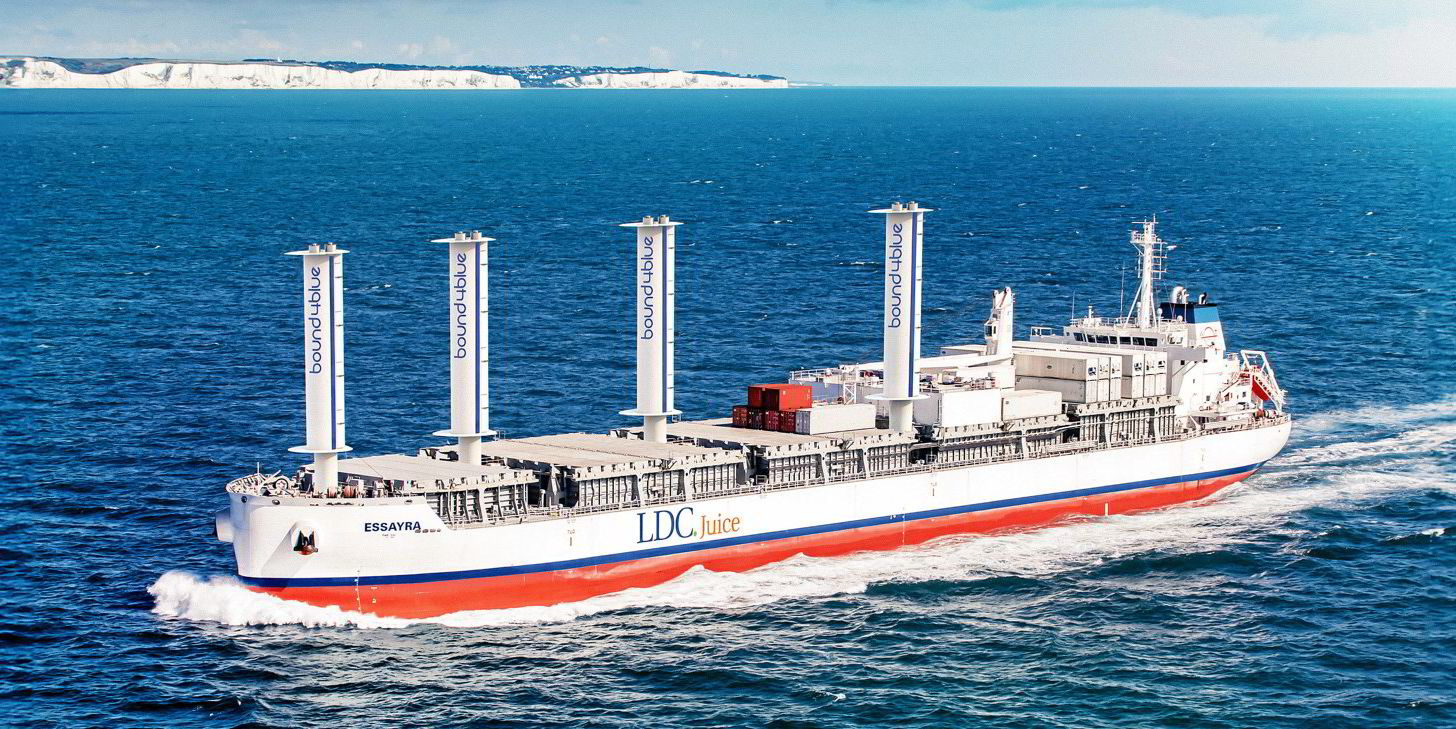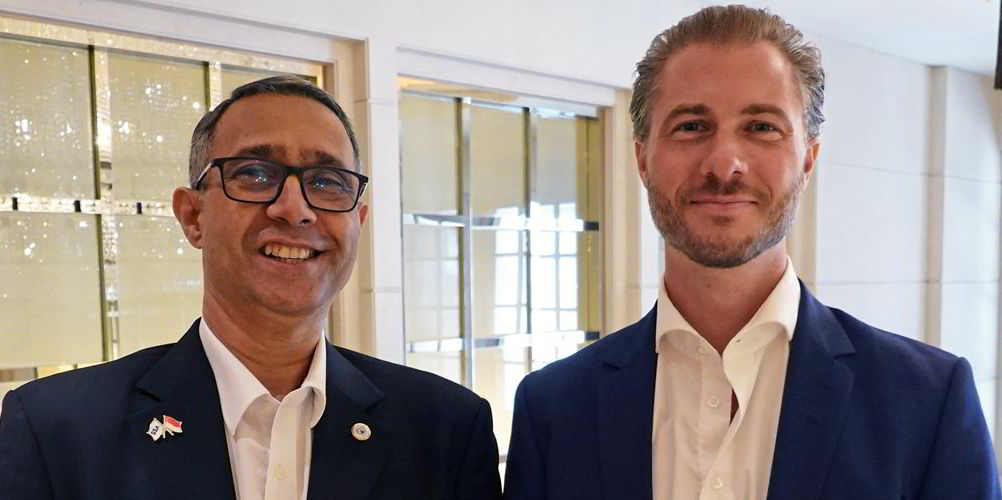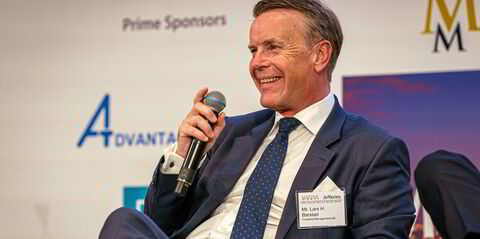Could the pay-as-you-save (PAYS) financing model successfully used in other industries plug the data-financing gap blocking the adoption of energy efficiency technology in shipping?
That is the question Singapore-based Global Centre for Maritime Decarbonisation (GCMD) is seeking to resolve with a pilot project to assess the innovative approach.
PAYS has accelerated the adoption of solutions elsewhere. For example, in the construction sector building owners can install energy-efficient upgrades without substantial upfront investment.
Instead, the investment is made by a third party, such as a financier or energy service provider while the payback to the financier is spread over time and is directly linked to the realised energy savings.
This, according to Shane Balani, GCMD director of research and projects, creates a shared risk-and-reward model, with the owner, tenant and financier benefiting from lower energy consumption and carbon emissions while increasing the value of a building.
Trialling the concept in the maritime space is quite different to GCMD’s previous work trialling technology and alternative fuels on board ships, Balani admitted but he said it still falls within the industry-funded organisation’s mandate to remove the barriers to decarbonisation.
“This project is in recognition that we have a huge gap to achieve the upper end of 2030 International Maritime Organization targets. And probably the only way we can achieve that is with a massive step change in energy efficiency.
“Usually with that kind of massive change, we look for a wonderful new piece of tech or hope for a fancy invention. But, in the time we have left, we don’t have time for something like that,” he told TradeWinds.
The answer, Balani added, is to look at available energy efficiency technologies (EETs) such as wind systems, air lubrication or fuel cells and see why every single ship is not already using them.

“In a survey with BCG [Boston Consulting Group] last year, we asked 130 ship owners and operators for their perspectives on the energy efficiency options we need to meet the 2030 target.
“The level of uptake, even planned uptake, is a fraction of a per cent of what we would require, which I’d say is quite worrying,” he said.
Capex roadblock
The GCMD-BCG survey found that the business case for the capital expenditure outlay on any EETs must be reconciled with a reduction in operating expenditure through fuel savings.
However, fuel savings are inherently variable and difficult to predict due to the variance in the operating profiles of the vessels. This creates uncertainty over the time needed to generate a return on the investment. For unproven technologies, the risk is even higher, with the likelihood of never recouping the investment.
Compounding this is a split incentive, for example, when an EET investment is made by a shipowner but fuel savings are accrued by a different party such as a time charterer.
This, the GCMD-BCG survey noted, is particularly so in the case of bulk carriers, where the charterparty chain can include multiple charterers or operators on different time or voyage-based contracts, each attempting to maximise their profit, often achieved through pooling and trading strategies of which fuel savings form an integral component.
When it comes to investments for installing EETs, the survey’s data showed that consistent across all ship types, shipowners are willing to invest up to a ceiling of about $5m in capex on EETs retrofits, while expecting a maximum five-year payback period with this level of investment.
Investments for installing EETs falling outside these limits are considered too risky. This applies even in cases where the specific EET has a positive net present value and high decarbonisation potential.
For PAYS to be effective in the shipping sector, Balani said a complete solution built on a shared risk approach is critical, one on which multi-party collaboration agreements among partners that span the entire value chain must be developed.
Three collaborative agreements must come together that specify the terms for technology installation, data validation and data-driven financing.
Turbocharging adoption
A legal framework for ship financing today typically prioritises the senior mortgage holder’s interests, thus disincentivising other stakeholders to invest in EET installation.
The risk of default and the resources required to develop complex legal agreements within this framework are additional disincentives.
Balani stressed that new commercial and contractual structures are needed to stimulate third-party investment in energy efficiency, overcoming split incentives and turbocharging adoption.
The PAYS pilot project’s commercial focus brings to GCMD a host of new partners to help it overcome what is fundamentally a business problem.
Balani said the project is attracting strong interest from the financial community, with bankers, insurers, lawyers and charterers all actively participating.
This article is part of a special business focus looking at the role Singapore is playing in driving innovation in shipping that will appear in Friday's issue of TradeWinds.





